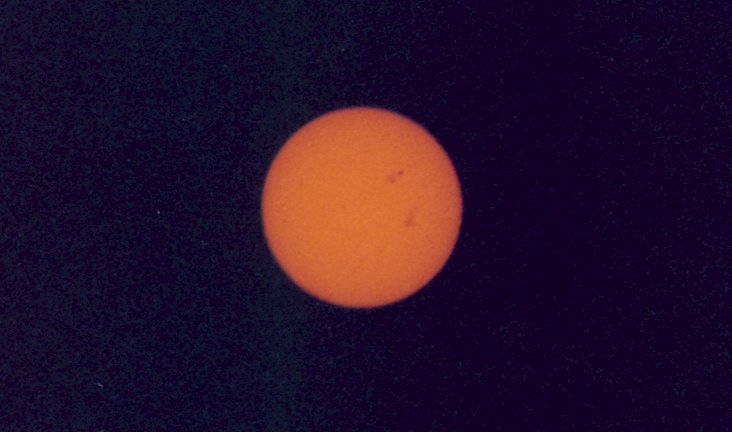Skylights featured on Astronomy Picture of the Day



Skylights featured on Astronomy Picture of the Day |
 |
 |
 |
Skylights featured four times on Earth Science Picture of the Day: 1 , 2 , 3 , 4 . |

| If you like stars, go to STARS: Portraits of Stars and their Constellations, compiled from previous stars of the week. | Want to know what happened? Last week's Skylights is still available. | Access Skylights' Archive and photo gallery, now available from December 21, 2001, to the present. |  |
| Enjoy photographs of the January 20, 2000 total eclipse of the Moon. | Watch planets move against the background stars. | See the Moon move and pass just below the star Nu Virginis, almost occulting it. | See sunsets, rainbows, the Moon and planets, and other sky phenomena in Sunlight. |